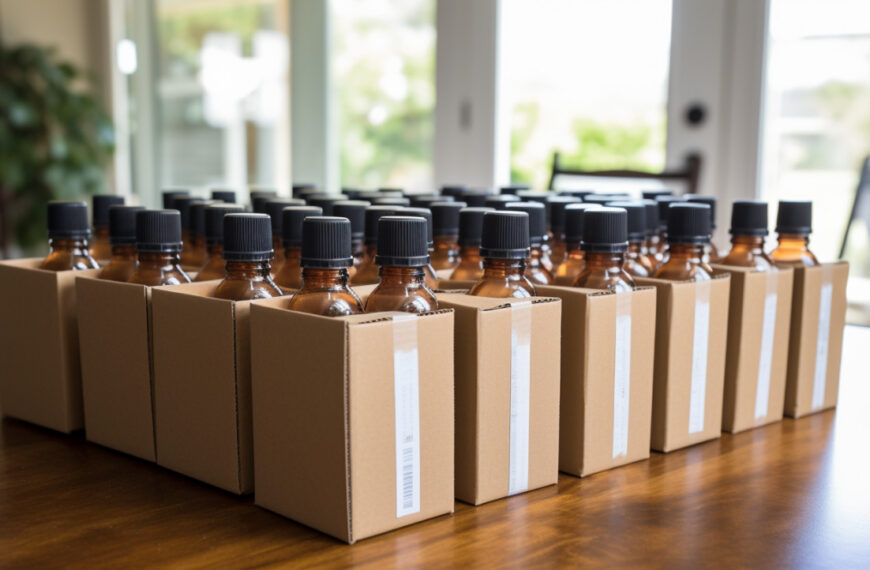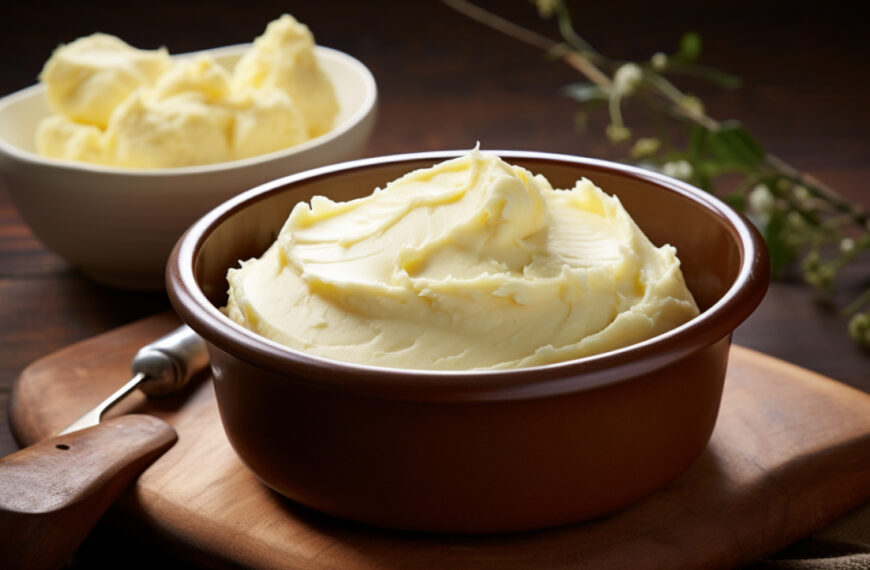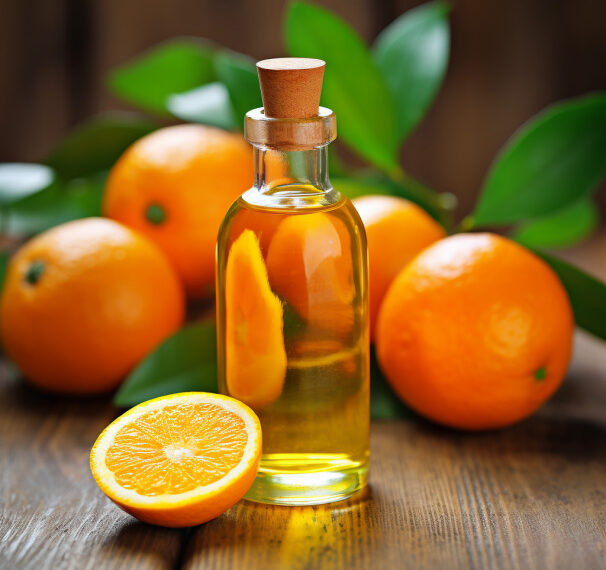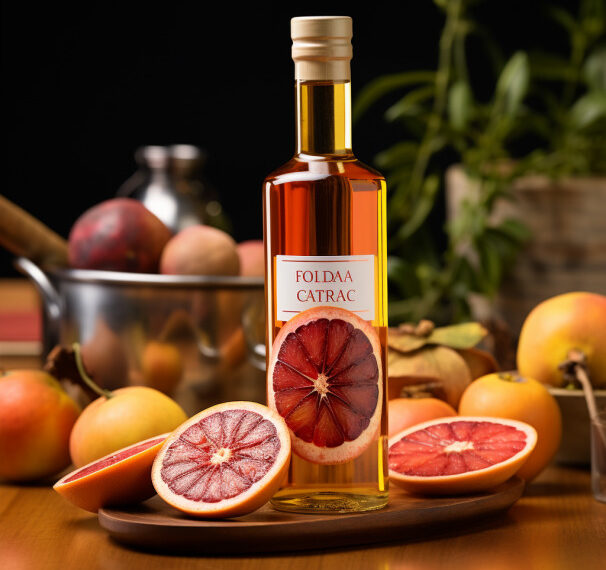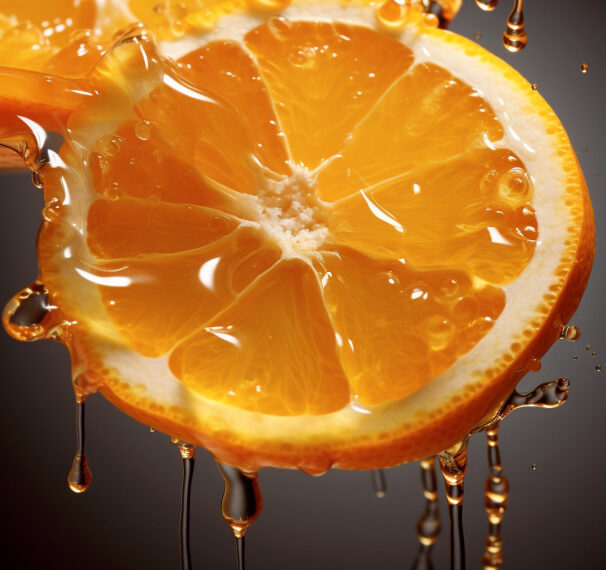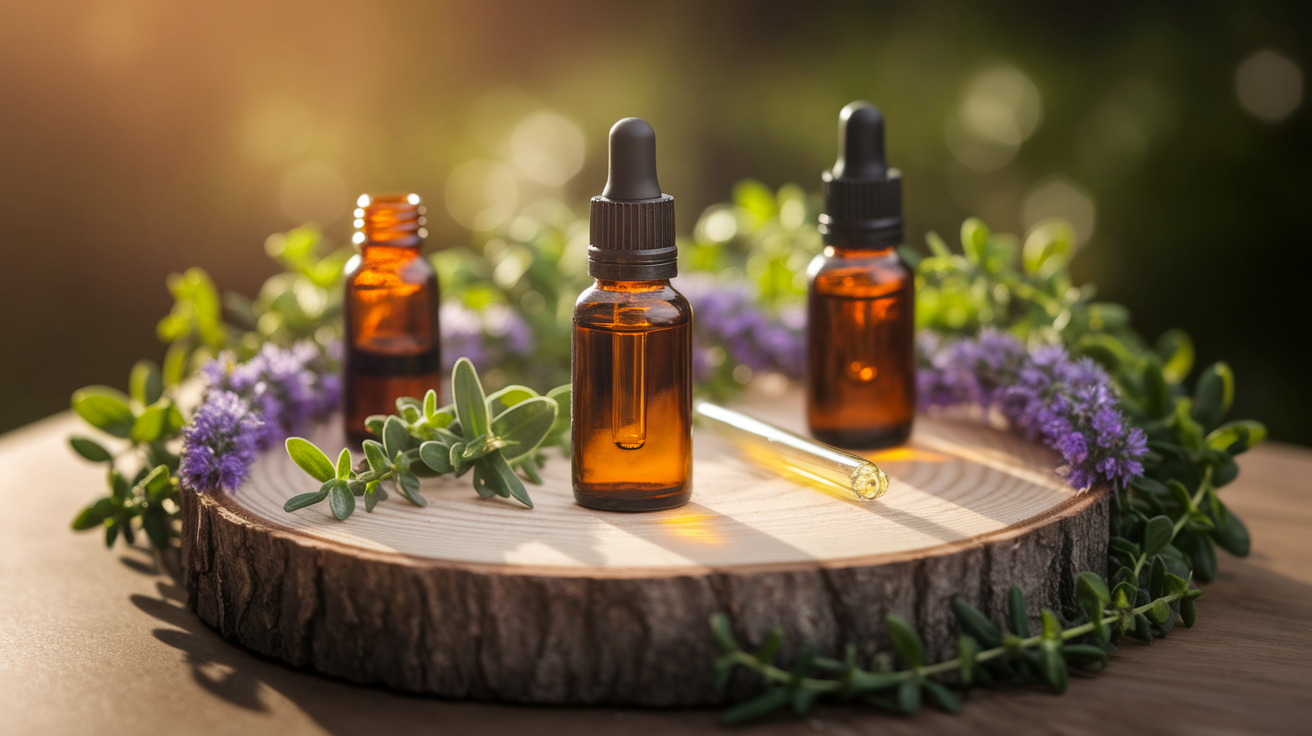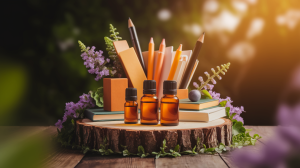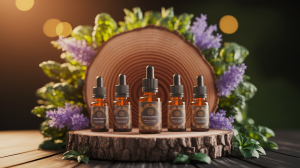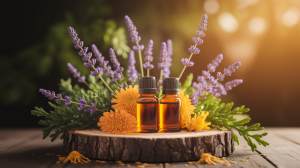Freshness from the First Drop
I still remember the feeling of opening my very first bottle of lavender essential oil. That powerful, pure aroma filled the room, and I was hooked. There’s a certain magic in that first drop, a promise of the oil’s therapeutic potential. But I quickly learned that preserving that potency doesn’t happen by accident. Essential oils are delicate and volatile, and if you’re not careful, their vibrant aroma and benefits can fade away. Proper storage is the key to ensuring every drop you use is as powerful and fragrant as the first. Think of it as protecting your investment in wellness. By following a few simple essential oil storage best practices, you can dramatically extend the shelf life and effectiveness of your precious oils.
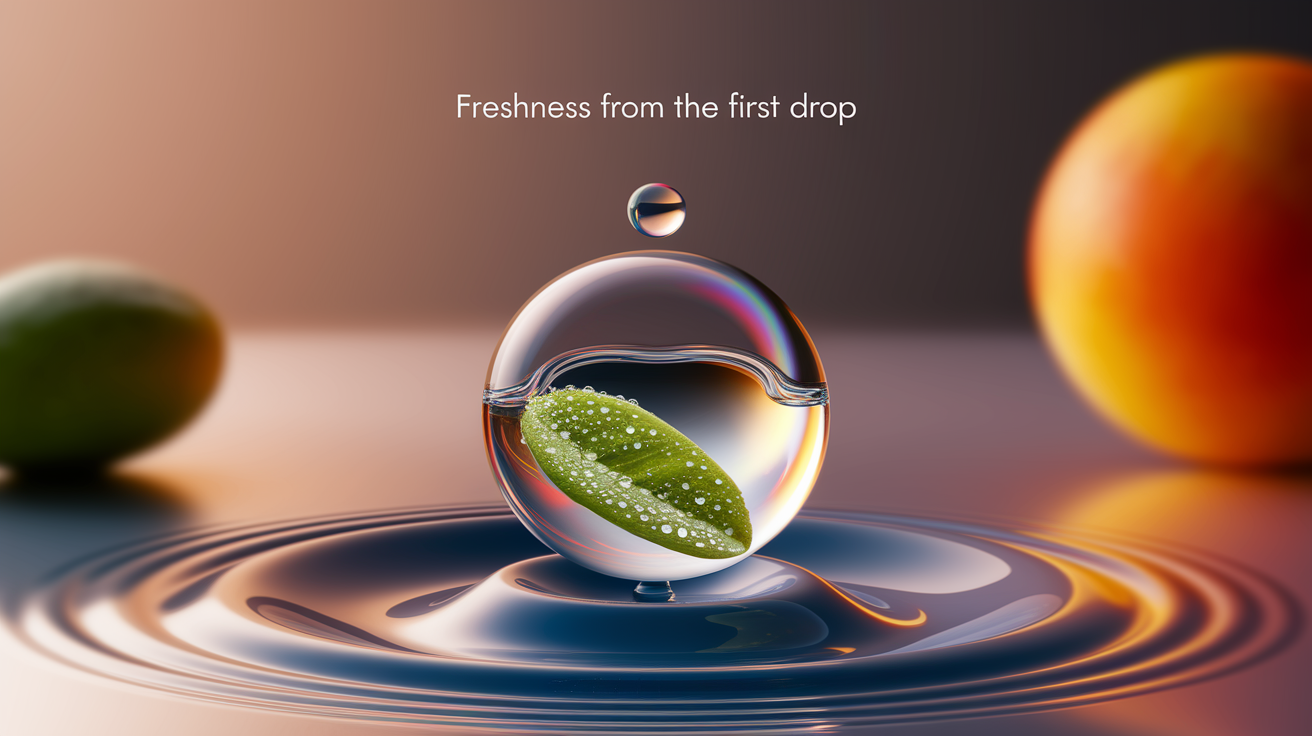
Shield Your Oils with Dark Glass Containers
The first rule of thumb is all about the container. If you’ve ever wondered, “what kind of containers are best for storing essential oils?”, the answer is simple: dark glass. Most reputable brands sell their oils in amber or cobalt blue bottles for a very good reason. These dark colors act as a natural filter, shielding the delicate essential oils from damaging ultraviolet (UV) light. Sunlight is one of the biggest enemies of essential oil longevity, as it can cause oxidation—a chemical reaction that degrades the oil, alters its smell, and diminishes its therapeutic properties.
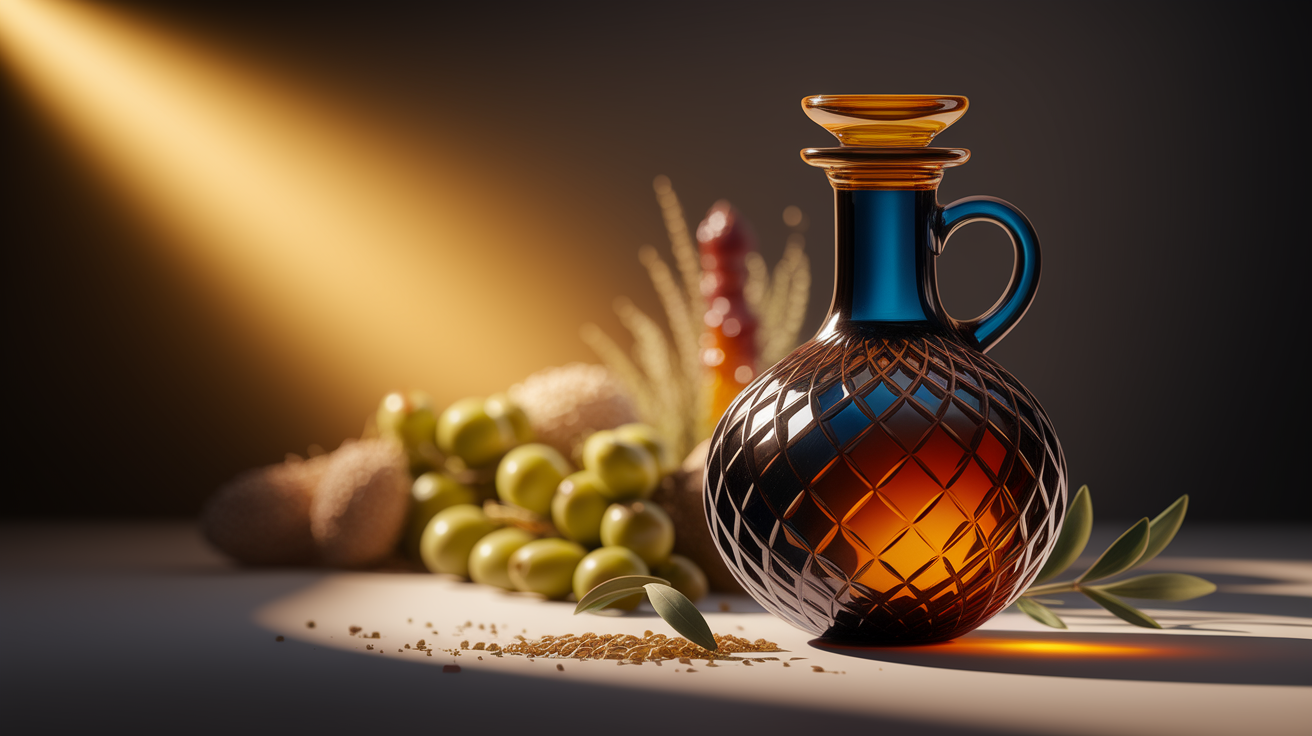
I can’t stress this enough: avoid storing your essential oils in plastic containers, especially for long-term use. Potent essential oils can break down the plastic over time, causing the plastic to leach into the oil and contaminating your product. Glass bottles provide a stable, non-reactive environment that is ideal for maintaining the oil’s integrity. These same principles of using dark glass and secure packaging are crucial if you ever find yourself needing to transport your collection, as you’d do when properly shipping essential oils to a friend.
If you purchase oils in bulk or want to create your own blends, always transfer them into smaller, dark-colored glass bottles with tight-fitting caps. This simple step is one of the most effective ways to prevent essential oil oxidation and keep your collection safe and potent.
Keep It Chilly and Hidden
Once your oils are in the right bottles, the next question is where to store them. Think of your essential oils like tiny, light-sensitive vampires—they thrive in the dark and don’t like heat. Direct sunlight and heat are the fastest ways to accelerate degradation and ruin your oils. A windowsill is probably the worst place you could keep them!
So, where should you store essential oils? The ideal storage environment is a cool, dark place with a consistent temperature. My favorite spots include:
- A dedicated drawer or cabinet (away from the stove or other heat sources)
- A wooden essential oil storage box
- A closet shelf in a cool room
The optimal essential oil storage temperature is generally between 5 and 20 degrees Celsius (41-68°F). Most room temperatures are fine, but you should avoid big temperature swings. This is why a bathroom cabinet, with its fluctuating heat and humidity from the shower, isn’t a great choice.

Many people ask, “Is it better to store essential oils in the fridge or at room temperature?” Storing essential oils in the fridge is a great option, especially for delicate citrus oils which have a shorter shelf life. Refrigeration can significantly extend essential oil shelf life. Just be aware that some thicker oils, like vetiver or patchouli, may solidify in the cold. If this happens, simply hold the bottle in your hands for a few minutes to warm it back to a liquid state before use.
These storage principles are just as vital when you get creative. If you’re making your own infused oils, like a vibrant orange peel oil for your skin, or a delicate orange blossom oil, you must store your finished creation in a cool, dark location to protect its precious compounds.
Seal in Freshness with Tight Lids
The final enemy of your essential oils is air. Oxygen, just like light and heat, contributes to oxidation. Every time you open a bottle, you expose the oil to air. While this is unavoidable when you’re using them, minimizing that exposure is key.
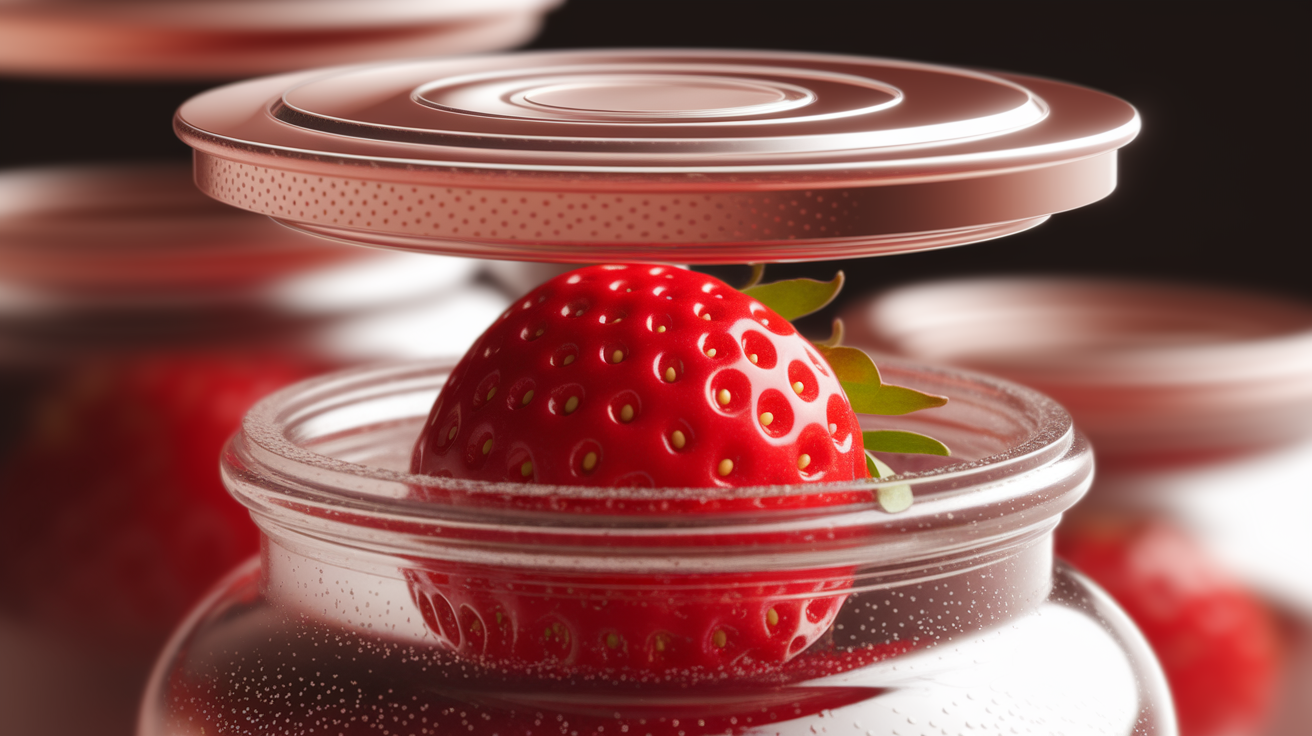
Always, always, always make sure you screw the cap back on tightly immediately after use. This simple habit prevents two things: oxidation from prolonged air exposure and evaporation. Essential oils are volatile, meaning they evaporate easily, and leaving the cap off is like letting your precious oil disappear into thin air. Keeping the containers airtight is fundamental to preserving the aroma and properties of your fragrances.
You’ll notice most essential oil bottles come with a plastic orifice reducer (or fitment) in the neck. This little piece is brilliant—it not only allows you to dispense the oil one drop at a time but also significantly reduces the surface area of the oil exposed to the air inside the bottle. It’s an important part of the package, so don’t remove it! Following these essential oil safety tips helps maintain the integrity of the product from start to finish.
Seal the Deal on Freshness
Properly storing your essential oils isn’t complicated, but it makes a world of difference in their quality and longevity. By following these essential oil storage best practices, you ensure that your collection remains vibrant, potent, and ready to support your wellness journey for years to come.
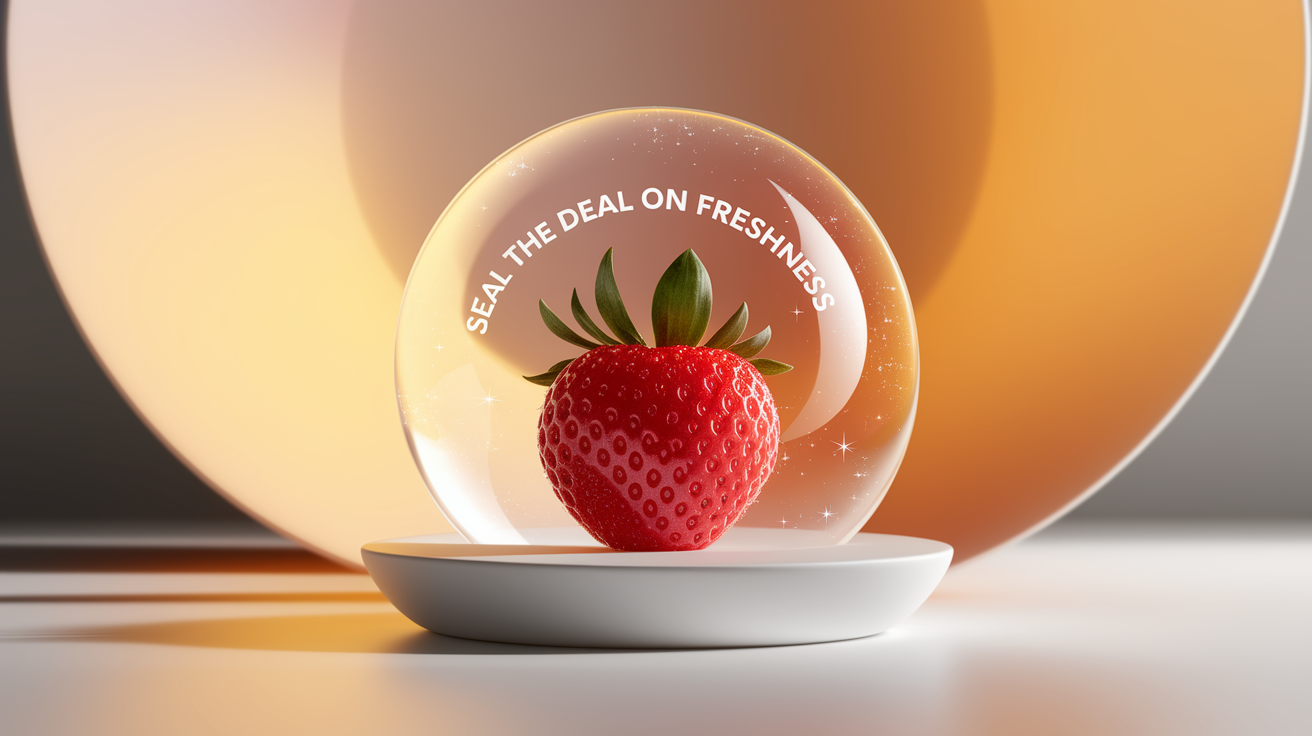
Let’s quickly recap the three golden rules:
- Use Dark Glass Containers: Protect your oils from UV light by keeping them in their original amber or cobalt bottles.
- Find a Cool, Dark Home: Store your bottles away from sunlight and heat, in a place with a stable temperature like a cabinet, drawer, or storage box.
- Keep Them Tightly Sealed: Always screw the cap on firmly after use to prevent oxidation and evaporation.
By making these practices a habit, you protect your oils and honor the powerful plant essences within them. This care extends beyond just pure oils; when you’re crafting your own products, like when you mix essential oils with shea butter, the final blend also needs to be stored correctly to maintain its freshness and effectiveness.




